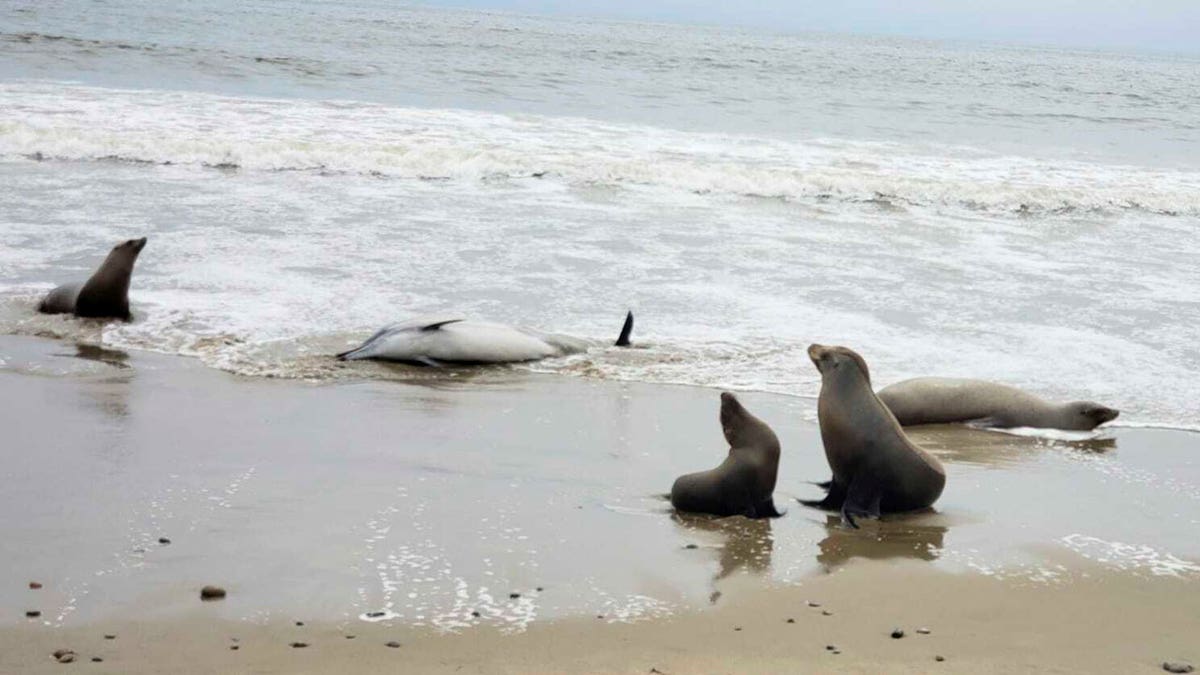A devastating bloom of toxic algae along the Southern California coast is causing widespread illness and death among sea lions and dolphins. Marine mammal rescue centers are overwhelmed with reports, with hundreds of sea lions and nearly a hundred dolphins estimated to have perished in the first weeks of June alone.
Experts believe the culprit is domoic acid, a neurotoxin produced by the Pseudo-nitzschia algae. This toxin accumulates in the food chain, poisoning marine mammals that consume contaminated prey like anchovies. The California Department of Public Health warns that domoic acid also poses a risk to humans who consume affected shellfish, crustaceans, and fish, and can be fatal in high doses.
While domoic acid events are not unprecedented in California, the current outbreak is alarming in its severity. Michelle Berman Kowalewski, director of the Channel Islands Cetacean Research Unit, notes that this is the highest number of affected animals she's seen in 25 years of research.

Sick sea lions exhibit distressing symptoms including disorientation, agitation, head bobbing, foaming at the mouth, seizures, and loss of motor control. Beachgoers are urged to keep a safe distance from these animals and contact rescue organizations instead.
The Channel Islands Marine & Wildlife Institute reported over 1,000 calls related to affected marine mammals in just one week. NOAA Fisheries has detected high concentrations of domoic acid from Orange County up to San Luis Obispo County, with the Santa Barbara Channel particularly impacted.
Contributing factors to the algae bloom include nutrient runoff from rainfall and specific wind patterns that create an upwelling effect in the channel, bringing nutrient-rich waters to the surface. This fuels the growth of algae, which is then consumed by fish like anchovies, ultimately impacting the marine mammals that prey on them. The current abundance of anchovies is thought to be exacerbating the situation.
Comments(0)
Top Comments